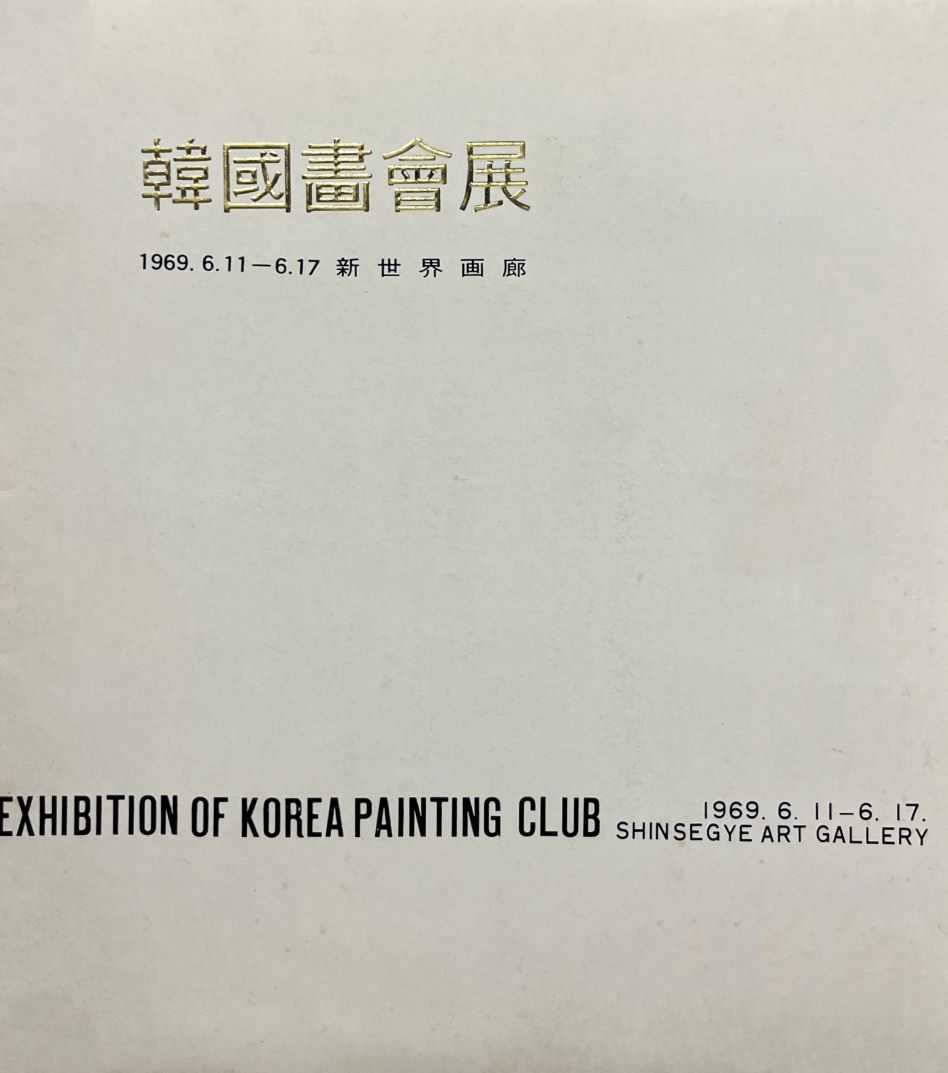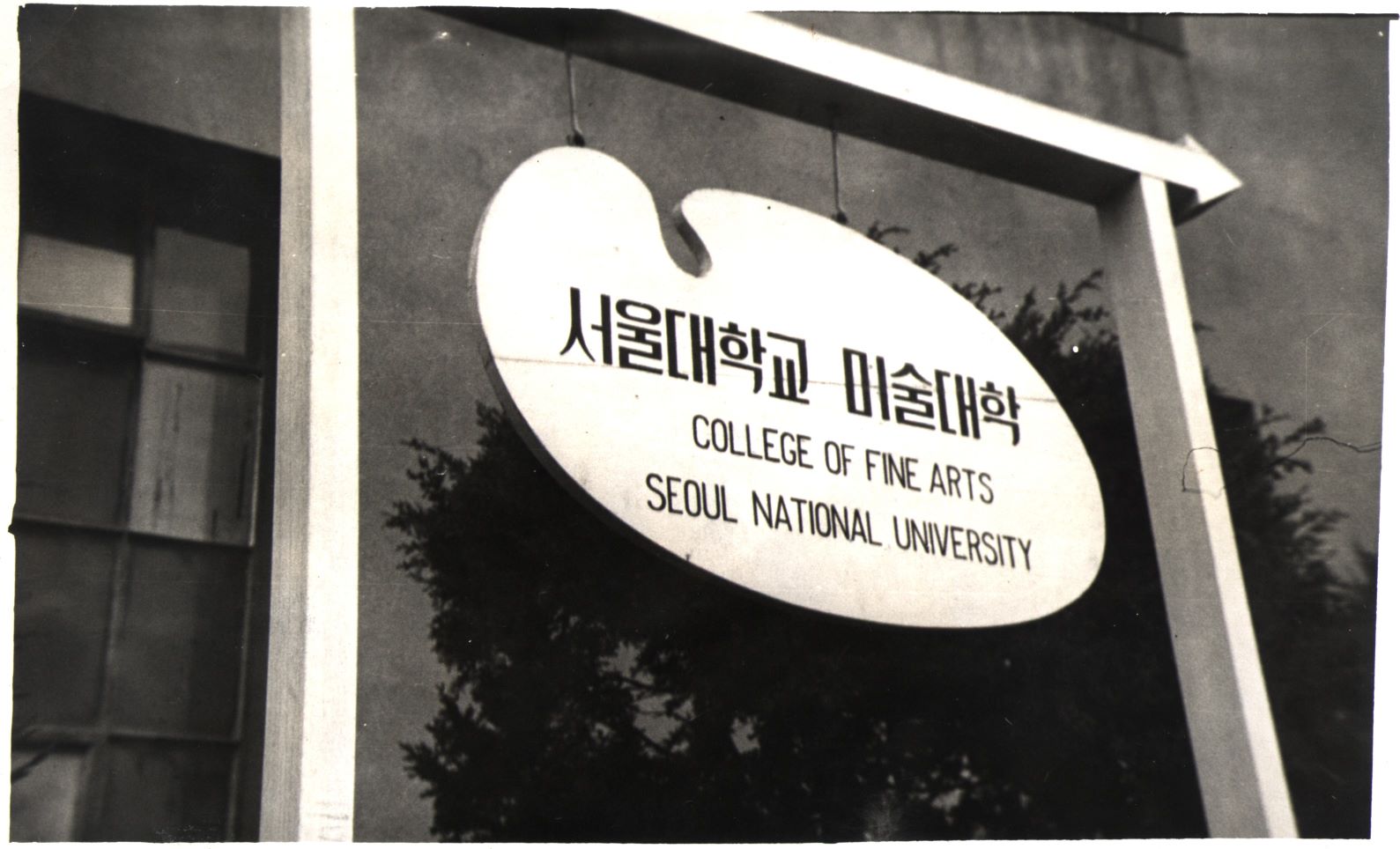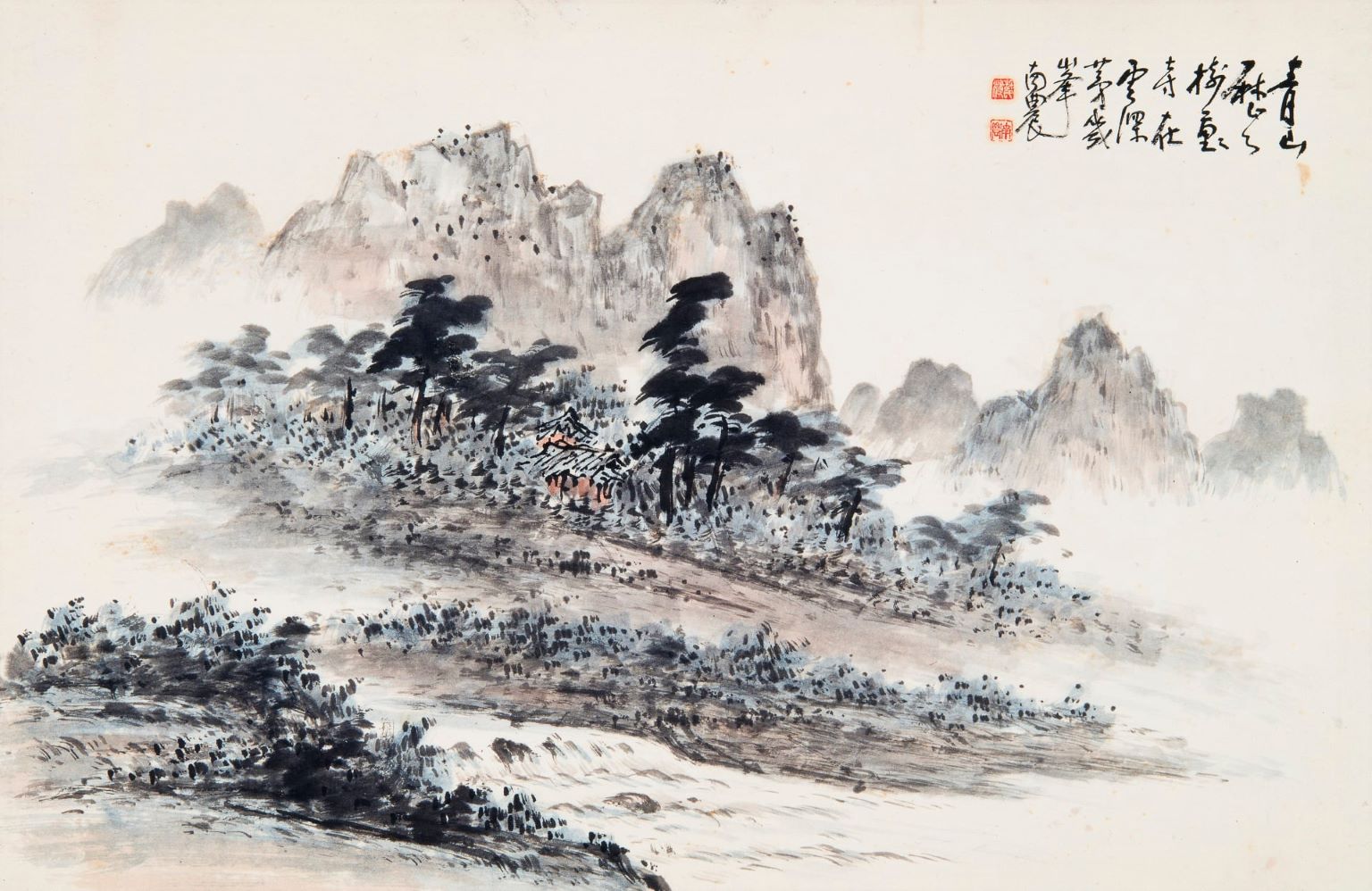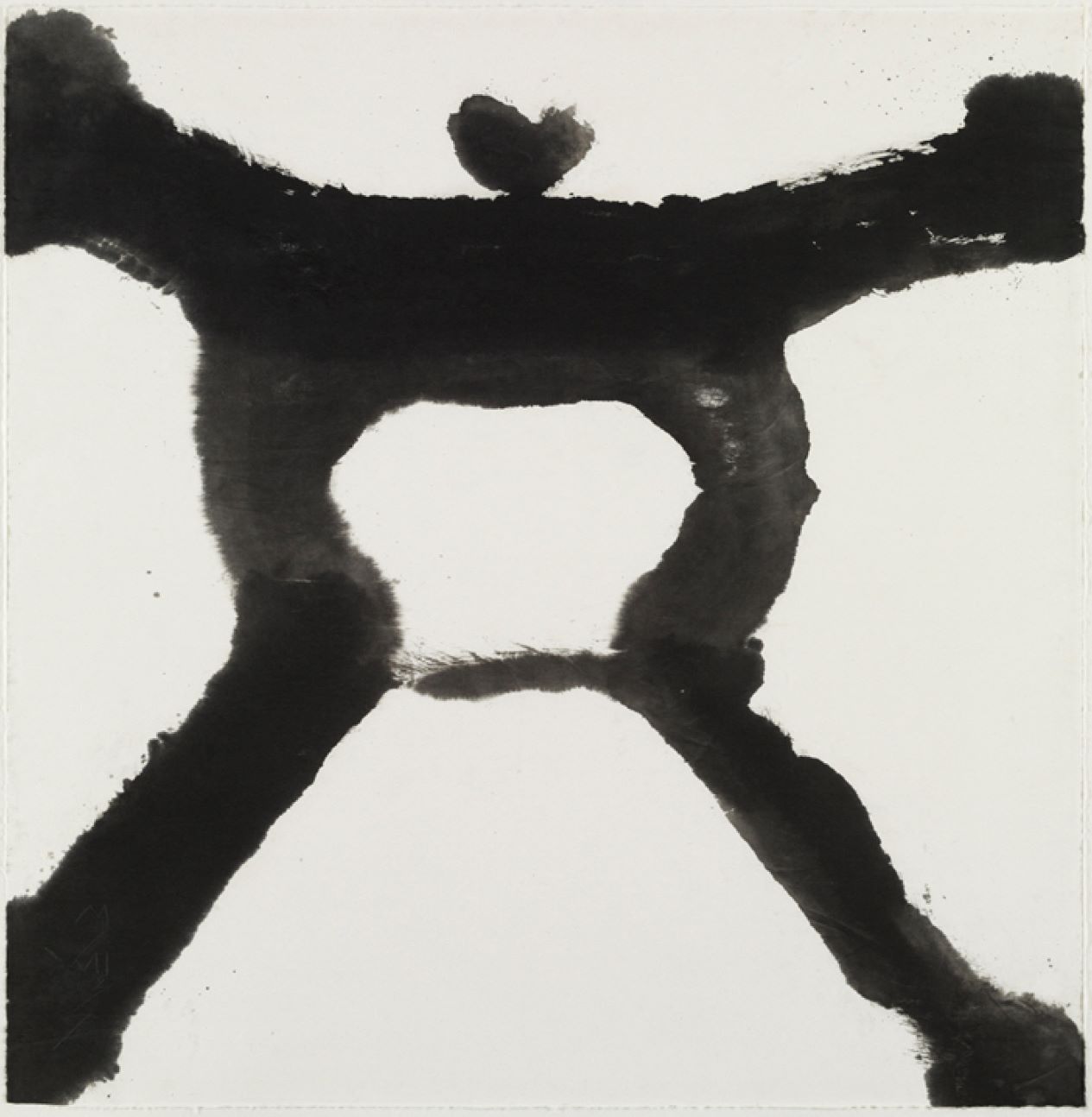
Korean Painting Society Exhibition Catalogue, 1969, MMCA Art Research Center Collection, Gift of Chang Chungsoon and Shin Youngok
Korean Painting Society Exhibition
* Source: MMCA
Related
-

College of Arts at Seoul National University
The College of Fine Arts of Seoul National University is located in Sillim-dong, Gwanak-gu, Seoul. According to the Decree on the Establishment of Seoul National University, the College of Art including the Department of Fine Arts and the Department of Music was founded in August 1946 at Seoul National University. The Department of Fine Arts consisted of sub-departments of Painting I, Painting II, Sculpture, and Design. It was organized by Chang Louis Pal and Lee Soonsuk. Chang Louis Pal had served as head of the Education and Management Bureau in the U.S. Army Military Government in Korea (USAMGIK) in Korea since December 1945. Lee Soonsuk assumed practical tasks as an advisor to the art section of the USAMGIK from 1946 when the Education and Management Bureau was changed to the Ministry of Culture and Education. In 1946, there were nine faculty members at the Department of Fine Arts in the College of Art: Chang Louis Pal, Kim Yongjun, Gil Jinseop, and Lee Jaehun as professors; Yun Seung-uk and Lee Soonsuk as associate professors; and Kim Whanki, Chang Woosoung, and Lee Byeonghyeon as assistant professors. However, after the incident of Korean students and professors’ protest against the U.S.’s attempt to merge several colleges and universities into a single university, Kim Yongjun, Gil Jinseop, and Kim Whanki resigned. In 1954, the College of Art was reorganized into the College of Fine Arts with three departments of painting, sculpture, and applied art. The Department of Aesthetics, which had temporarily belonged to the College of Fine Arts since 1948, was transferred to the College of Liberal Arts and Sciences in 1960. In 1963, according to the relocation plan of the Seoul National University main school building, the College of Fine Arts was moved to the former veterinary department building in Yeongeon-dong, Jongno-gu. In 1972, it was moved to the liberal arts department building in Hagye-dong, Seongbuk-gu, and then in 1976, to the current Gwanak campus. In 1981, the three departments of painting, sculpture, and applied art were reorganized into the five departments of Eastern painting, Western painting, sculpture, crafts, and industrial art. In 1989, the Department of Industrial Art was renamed the Department of Industrial Design, and in 1999, the Department of Crafts and the Department of Industrial Design were merged into the School of Design. Currently, the College of Fine Arts consists of the Department of Oriental Painting, Department of Painting, Department of Sculpture, Department of Craft, Department of Design, and Interdisciplinary Programs.
-

Eastern painting
Eastern painting (dongyanghwa) refers to the overall body of works created using traditional East Asian materials and methods, in contrast to Western painting. In Korea, Byeon Yeongro’s essay “On Eastern Painting” published in Dong-A Ilbo on 7th, July, 1920 was the first use of the term. The term then began to be used in Japan first to distinguish Oriental style paintings from Western ones. Until the late Joseon era, both calligraphy and painting were categorized under the term seohwa, but during the Japanese occupation of Korea in 1922, the first Joseon Art Exhibition [Joseon misul jeollamhoe] divided the painting section into Western and Eastern styles. Thereafter, the term Eastern-style painting entered official use in the country. After independence, the National Art Exhibition (Gukjeon) continued to use the term “Eastern painting,” but since 1970, numerous arguments were made to replace it with "Korean painting," because the term was imposed unilaterally during the Japanese colonial era.
-

Mook Lim-Hoe
A Korean art group founded in 1960 by several alumni of the Seoul National University College of Fine Arts. The group was active until 1964. The name of the group derives from the Korean pronunciation of Molin, the frequent professional and literary soubriquet of the Ming Dynasty art collector Xiang Yuanbian. The group is noteworthy for its experimentation with abstract and semi-abstract works in the classical literati style of colored ink paintings.







